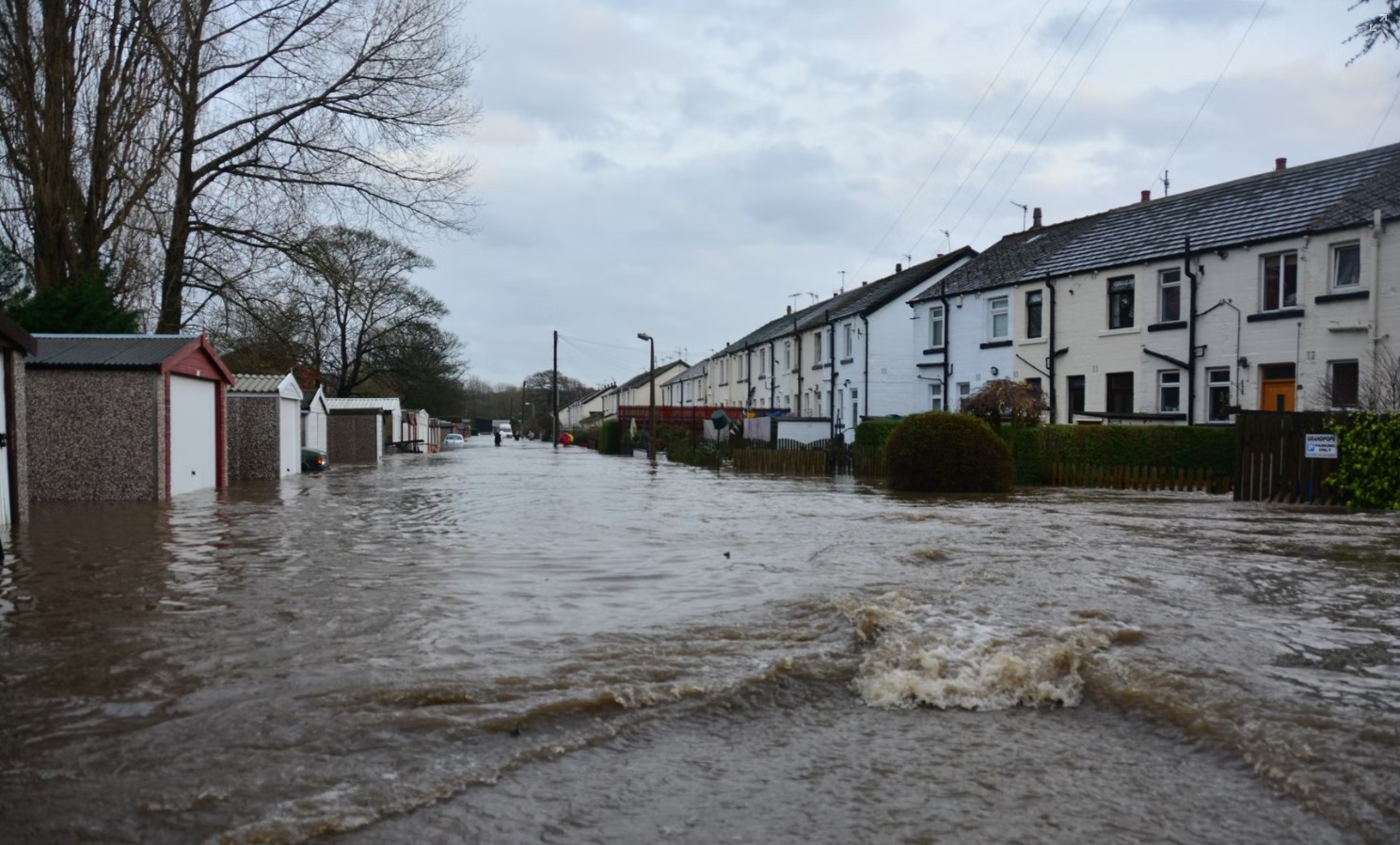Image source: https://unsplash.com/photos/pZiAMAuFzvs
Flooding can cause water damage to homes and businesses, so it’s essential to consider taking action before it comes to protecting your possessions. Many reliable restoration companies respond quickly to flooding emergencies. In the past 15 years, billions of people in the United States and across the world have been impacted by flooding. Here are some tips for what to do after a flood invades your home or business and how to get it back to its previous condition.
Flooding and Climate Change
Communities (coastal and inland) are suddenly finding themselves underwater. Climate change, extreme weather, and sea levels rising are all to blame. Here’s a look at what causes flooding.
Floods are the most common natural disaster globally, especially in the USA. They’re amongst the deadliest, and they’ve brought damage to each state and in almost every country. Many areas worldwide keep getting worse as global warming worsens sea level growth and extreme weather conditions. According to research, the nation’s floods are expected to grow by around 45% by this century’s end. Keep reading for more information regarding floodwaters and their consequences.
What is a flood?
A flood is the buildup of water over average amounts caused by an unusual accumulation of water from heavy rains, overflow of inland waters, etc. There are many significant flood types, including:
- River flooding
- Urban flooding
- Flash floods
Flooding Causes
Many factors can determine a flood to come, including weather events and human-driven habits. It’s important how we choose to manage waterways and the adjustments we make to land, like the increased urbanization, which alters natural drainage systems that often lead to more homes being flooded. In most cities, poorly maintained infrastructure leads to urban flooding, but factors like climate change are also involved in flooding.
Climate change is boosting the occurrence of strongest storms, a trend that continues through the 21st century. Nowadays, hurricanes are as much as 37% wetter – heavy rains and storms can also cause dangerous winds, 8 inches higher than in the previous century, due to the sea level increase.
Flood Consequences
When flooding hits home, it comes with potential short-term or long-term consequences, and a fatal one involves death and property damage. Replacing or repairing flood-damaged properties, roads, infrastructure, and other belongings may cost billions of dollars.
However, the basics of what to do if a flood hits your home are the following:
- Stop the water source
- Turn off electricity
- Evacuate the building
After the storm, the dangers of floodwaters can be pretty devastating, potentially ruining your home. Floodwater that comes from the ground or out of a river carries hazardous pesticides and other chemicals that can contaminate your walls and floors, causing significant damage to your property. These dangerous waters can take away automobiles, furniture, and other personal possessions.
Floodwaters also contain bacteria, human waste, and other toxic chemicals, like gasoline, oils, etc. It’s the reason why flooded areas spread diseases and other widespread outbreaks. Not surprisingly, floodwater can be dangerous for human health, as it can cause serious illnesses, so you must be careful not to allow your children to play in floodwater.
Why Shouldn’t You Enter Flood Waters?
The main reason you should avoid touching or entering floodwater is that it contains raw dirt, germs, and disease-causing pathogens (E. coli, hepatitis A, Giardia, cholera, etc.). Flood water can pick all kinds of sharp items that can cut the skin, which results in deadly infections. There might also be hidden things, like rocks, ditches, potholes, and so on, that can cause you to trip and get injured. It takes a minimum amount of water to hit a city and displace cars or homes.
Common Types of Damage Because of Floods
The most common damage a flood cause is destroying homes. You might experience flood damage, like wood flooring, wet carpets, etc. Floodwaters are foggy and contain plenty of dirt and contaminants, like mud chemicals, dead animals, etc.
Mold Growth After a Flood
After a flood hits your home, your problems just begin. Flood waters can lead to mold, which causes serious health problems. Mold usually occurs after 24 to 48 hours of water exposure. Mold will continue to grow as long as the moisture level is high. The best way to prevent mold from occurring? Dry the affected area as soon as possible. Remove all wet items in the building, clean surfaces with disinfectants, and remove absorbent materials. If you can get rid of your carpeting right away, it will be perfect. Also, use dehumidifiers to minimize moisture and help dry walls sooner, especially if the space is small.
Damaging Electronics and Fires
If you have electric devices that come in contact with water, it can cause an electrical short, which results in a fire. Also, beware to not step into water containing plugged electronics, as you may get electroshocked. Usually, these electronics get ruined by floods and can’t be recovered.
Floods Can be Damaging to Humans
Hardly surprising, rivers have been essential to human life forever. They provide fresh water, food, and fertile land. Water is vital to life, but it can be dangerous too. When floods occur, the effects can be devastating. Floods can harm wildlife, causing diseases, drowning, and habitat destruction. About a decade ago, hundreds, if not thousands of animals were killed in floods in Kaziranga National Park in the Indian state of Assam. Floods are unpredictable and can also cause hazards to marine life, as fish can be expatriated and their shells demolished.
Mother Nature hasn’t been too nice in the past several years, considering the millions of homes worldwide being affected by flooding due to increased rains and climate change. If there has been a flood in your area, don’t hesitate to contact a water mold fire restoration expert to help restore your home to its previous condition.

